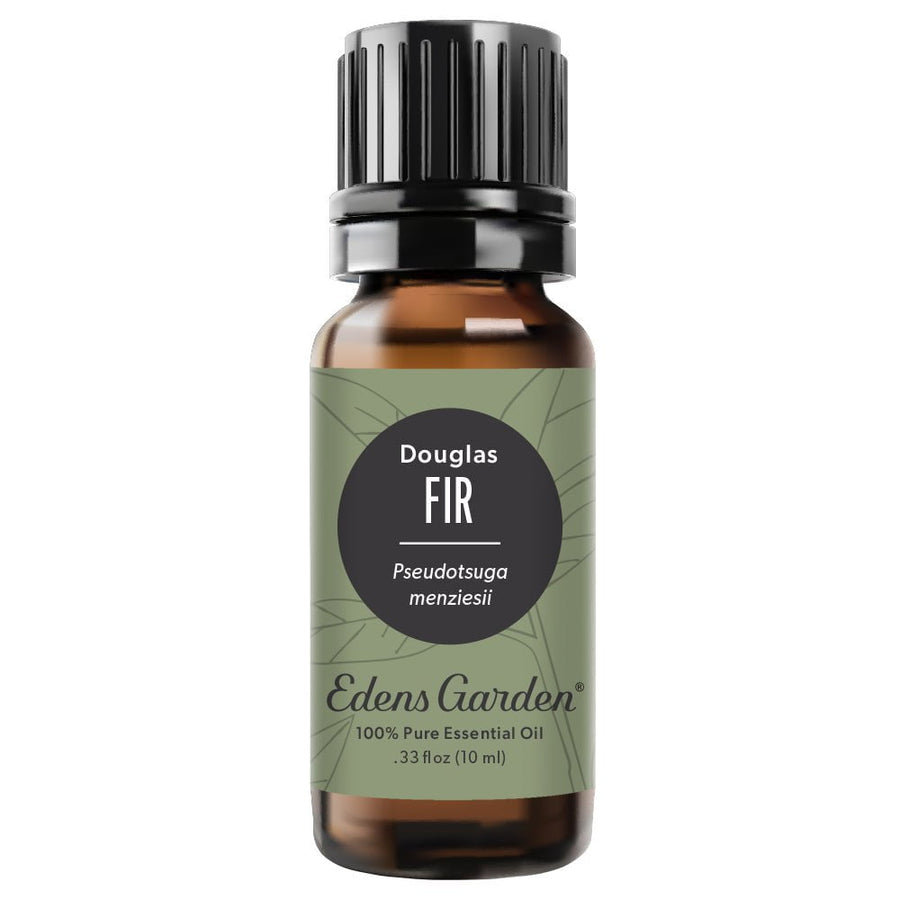AAA: Which Essential Oils Help With Breathing?

When it comes to cough and cold season, our lungs could use a little T.L.C. Along with natural methods like inhaling steam and adding a humidifier to your home, essential oils can help open and strengthen the respiratory system when cough and congestion take hold. Don’t waste another breath with our aromatherapist’s top EO constituents for better breathing.
1,8- cineole
Perhaps the most recognized essential oil constituent for aiding a flurry of respiratory conditions, 1,8- cineole is the primary component of Eucalyptus oil. This component is what gives Eucalyptus its well-recognized, cool, medicinal aroma. 1,8- cineole’s anti-inflammatory, mucolytic and action against bacterial respiratory pathogens makes cineole-rich oils worthy of any well-stocked medicine cabinet.
1,8-cineole-rich oils*: Cajeput, Niaouli, Saro, Ravintsara, Helichrysum Gymnocephalum, Eucalyptus Radiata, Eucalyptus Smithii, Eucalyptus Globulus
Menthol
Another famed constituent for respiratory wellness, menthol touts the ability to reduce cough and open airways. Menthol is the foremost constituent of Peppermint oil, giving it its characteristic minty, fresh aroma. Unlike 1,8- cineole, menthol is naturally occurring in only a select few commercial essential oils, including Peppermint.
Menthol-rich oils*: Peppermint
Camphor
No, not Camphor the essential oil. Although Camphor EO does contain around 8- 9% of the eponymous constituent. This component has been shown to help open airways and clear congestion. Like 1,8- cineole, camphor has a medicinal, clean aroma. Camphor is found in a handful of essential oils, in moderate amounts (up to 20% or so). This component also comes with its safety precautions and should be used with caution. Check the following oil’s product pages for specific safety guidelines.
Camphor-rich oils*: Camphor, Rosemary Moroccan, Spike Lavender, Rosemary Spanish, Sage
Camphene
In a test performed on rabbits, camphene was found to exhibit exceptional mucolytic benefits. Found in many tree and fir oils, camphene’s aroma is characteristically earthy and terpenic. Like camphor, camphene is only available in moderate amounts in essential oils.
Camphene-rich oils*: Silver Fir, Spruce, Valerian, Siberian Fir
A-pinene
As its name suggests, a-pinene is known for its earthy, pine-like aroma. A-pinene is a monoterpene often used to aid a variety of respiratory conditions, including bronchitis and cough. Oils rich in a-pinene, such as Frankincense Sacra and Cypress, are known as some of the best for respiratory conditions, helping to return breathing to normal.
A-pinene-rich oils*: Camphor, Spruce, Myrtle, Kunzea, Douglas Fir, Juniper Berry, Cistus, Frankincense Carterii, Cypress, Frankincense Sacra
Synergy Blends for Breathing
Many of EG’s synergy blends for breathing contain the oils recommended within this article. Our bestselling Breathe Easier blend, for example, is a healthful blend of Lemon, Peppermint, Eucalyptus and Rosemary. We also suggest using these individual oil recommendations in synergy to bolster their therapeutic benefits towards breathing.
*Oils listed in order of smallest component percentage to greatest based on the GC/MS reports of individual oils at the time of writing. Check oil’s GC/MS reports for percentages of naturally-occurring components.










Leave a comment (Comments will be approved before showing up)